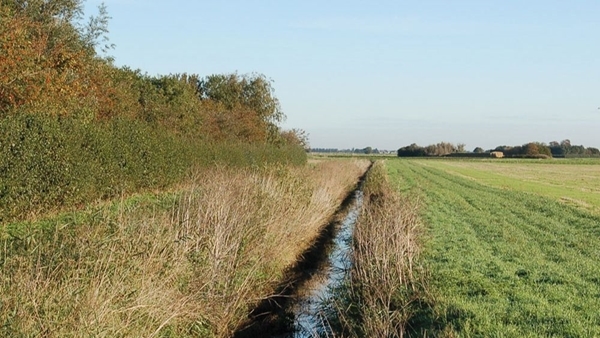
Our research has shown that hedgerows are one of the most important features for farmland wildlife providing shelter, breeding sites and food resources for the majority of our farmland wildlife including birds, mammals, invertebrates and plants.
Here are 6 tips to help manage hedgerows for wildlife:
- Connect to other hedges and environmental features creating a network of wildlife corridors, as this allows wildlife to move around a landscape with protection from weather and predators.
- Have leafy vegetation throughout as species use different parts of the hedge, ie. grey partridge and yellowhammers nest at the base.
- Have grass margins, cross compliance requires this to be two metres from the centre of the hedge. Wider margins are beneficial as they provide greater protection and environmental benefits.
- Cut a maximum of once every two years – blossom and berries only develop on growth that is two years and older. Cut in February once the berries have been eaten.
- Preserve old hedges by laying or coppicing to rejuvenate old plants. Fencing is essential in areas with livestock or high rabbit numbers to prevent the grazing of young shoots.
- To protect birds, hedges should not be trimmed in the nesting season (March to August). Try to cut sections of hedge at different times.
Get the Latest News & Advice
Join over 100,000 subscribers and stay updated on our latest advice, research, news and offers.
*You may change your mind any time. For more information, see our Privacy Policy.